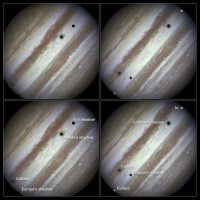
¿Por qué ir a Plutón?
¿Por qué escalar el Everest? Ésta es la pregunta que realizaban reiteradamente al montañero británico George Mallory, quien formó parte de tres expediciones que intentaron ascender a esa gran cumbre en los años 20. Gran parte del público no comprendía el objetivo de correr riesgos y de emplear costosos medios para alcanzar esa meta. De manera análoga, ahora que la sonda de NASA New Horizons nos envía imágenes inéditas del pequeño y remoto Plutón, ocupando así las páginas de la prensa, oímos la pregunta de cuál es la finalidad de tan difícil misión. Recordemos que con ésta, el ser humano ya ha enviado sondas a todos los cuerpos importantes del sistema solar y que, en este momento, tenemos varias naves espaciales y robots estudiando Marte tanto desde órbita como sobre la superficie del planeta rojo.… Seguir leyendo »

